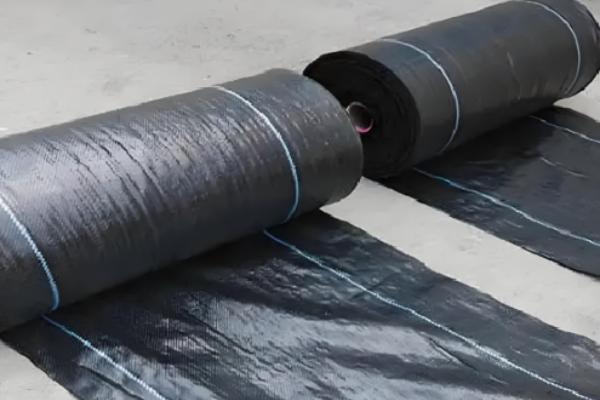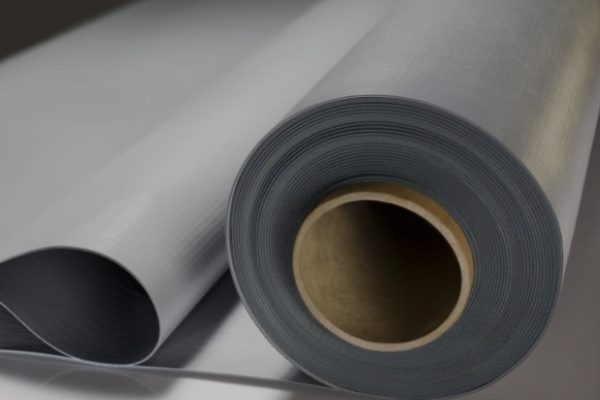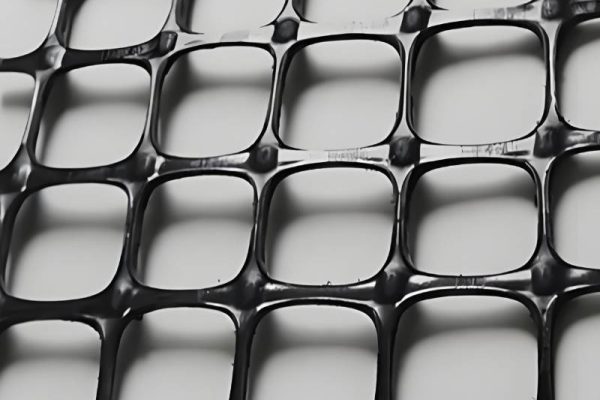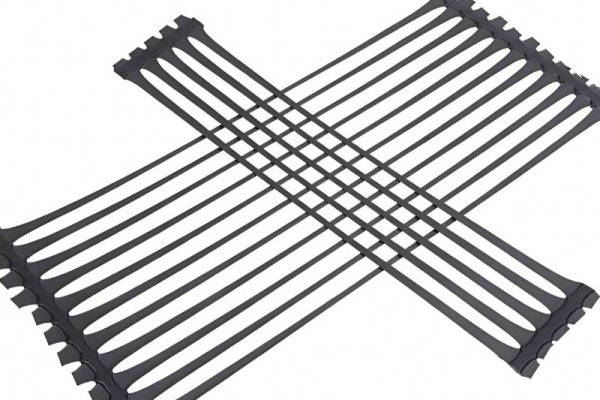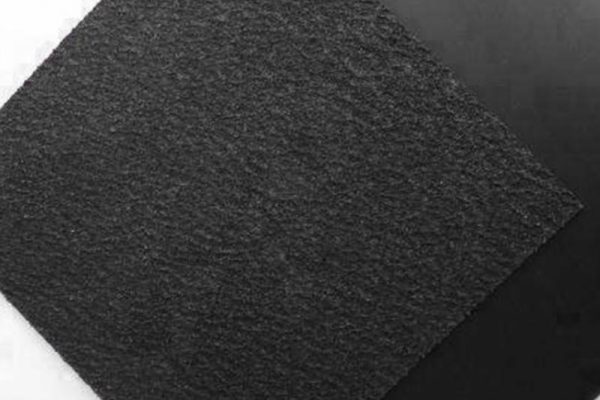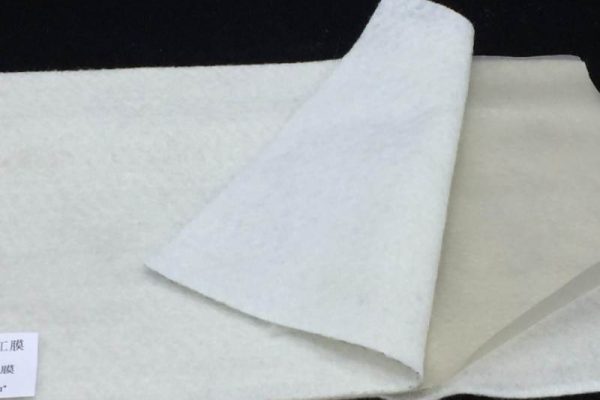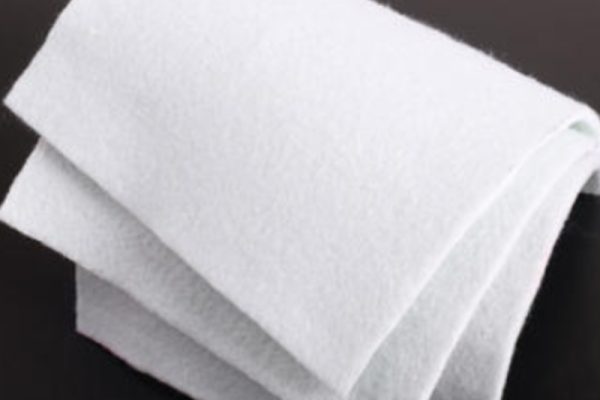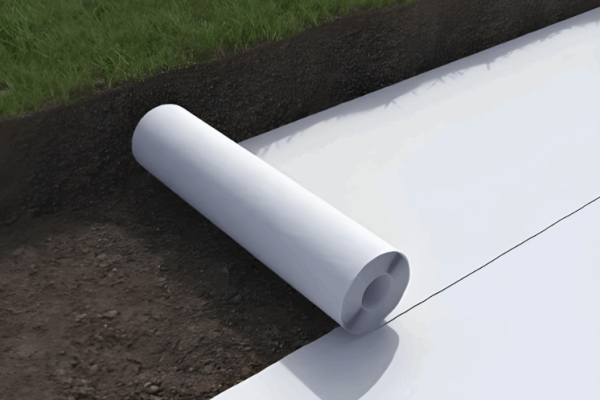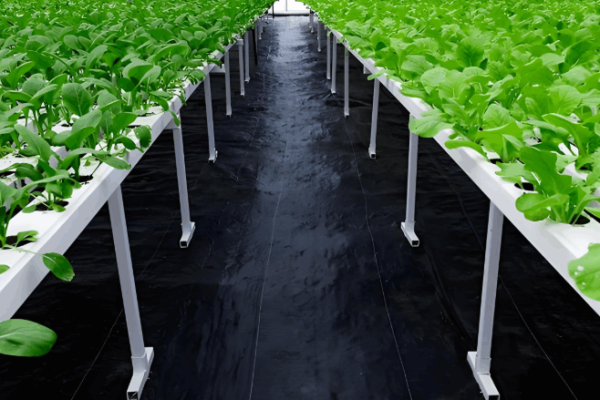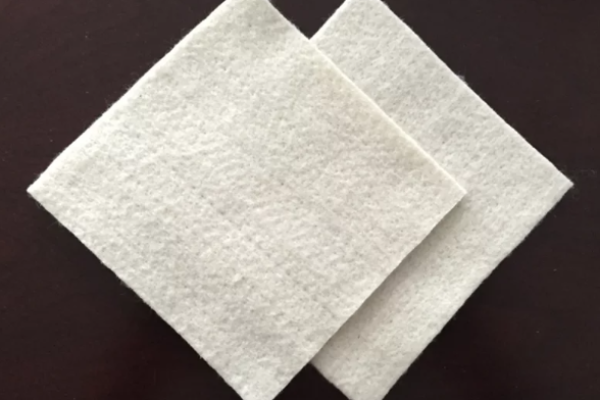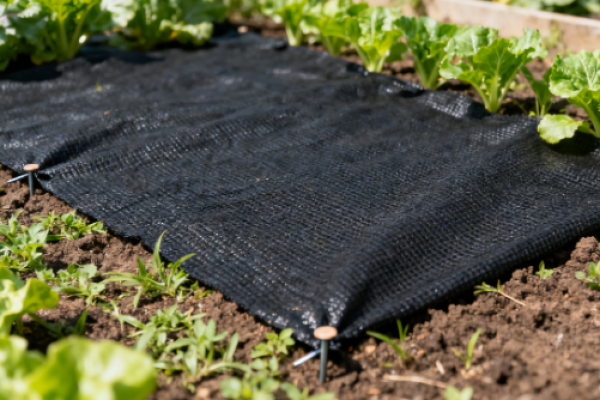Woven Geotextile
Material:Using polypropylene and acrylic flat wire
Feature:Excellent stability performance
Application:Embankments, dams, rivers, and coastal rocks, soil slopes, and retaining walls
Shipping Method:logistics
Product Category:Geotextile Fabric
Woven geotextile is fabricated from polypropylene or polypropylene/polyethylene flat yarns, consisting of at least two sets of parallel threads (or flat filaments). One set, called the warp, runs along the longitudinal direction (the direction in which the fabric moves), while the other set, called the weft, is arranged transversely. Using different weaving equipment and techniques, the warp and weft are interlaced to form a cloth-like structure, which can be produced in varying thicknesses and densities according to its intended application.
Performance
Generally, woven geotextiles are relatively thin and exhibit high tensile strength in both the longitudinal and transverse directions (with strength typically greater in the warp direction than in the weft), providing excellent stability. In recent years, woven geotextiles have been applied in agricultural production to prevent weed growth, where they are also referred to as “weed control fabric“.
1、Reinforcement Function
Used in geotechnical projects such as highways,railways,airports,rockfill dams,breakwaters,retaining wall backfills,and slopes,it disperses soil stress,increases soil modulus,restricts soil slippage,and enhances stability.
2、Protection Function
Protects embankments from erosion caused by wind,waves,tides,and rain.It is also used in shore protection,slope revetment,and bottom stabilization to prevent soil and water loss.
3、Filtration Function
Used as a filter layer in dikes,dams,rivers,coastal rockfills,soil slopes,and retaining walls.It prevents the passage of sand and soil particles while allowing water or air to pass freely.
Application
I.Reinforcement and Stabilization Applications
This is the most advantageous application area for woven geotextiles.Their working mechanism involves friction and interlocking between the geotextile and the soil,dispersing local loads over a wider area,thereby restricting lateral displacement of the soil and enhancing the overall integrity and stability of the geotechnical structure.
Soft Soil Foundation Treatment
Mechanism:High-strength woven geotextiles are laid on the surface of soft foundations(such as silt,soft clay,or fill soil)to serve as a reinforcement layer.Through the”membrane effect,”they bear bending moments and tensile forces,providing a stable working platform for fill placement and construction equipment.This effectively prevents local shear failure and excessive differential settlement.
Application Scenarios:Highways/railway embankments,earth-rock dams,port land areas,storage tank foundations,and other projects constructed on soft ground.
Reinforced Soil Structures
Mechanism:Woven geotextiles are layered within fill soil as tensile reinforcement materials.The soil bears compressive forces,while the geotextile bears tensile forces.Together,they form a composite reinforced soil mass with significantly higher strength and stability than unreinforced soil.
Application Scenarios:
Reinforced Soil Retaining Walls:These replace traditional gravity retaining walls,offering greater economy,flexibility,and seismic resistance.
Steep Slope Reinforcement:They enable the construction of stable slopes steeper than the natural angle of repose,saving space.
Bridge Approach Settlement Mitigation:Used to address differential settlement at the junction between embankments and bridge abutments.
II.Separation and Interface Applications
The core function is to prevent two different types of geotechnical materials(e.g.,subgrade soil and granular base course)from intermixing,thereby preserving their respective design properties and integrity.
Pavement Systems
Mechanism:Installed between the subgrade and the granular base course,woven geotextiles prevent the base course aggregate from being pressed into the weak subsoil(which causes loss of bearing capacity)while also preventing fine-grained subsoil particles from migrating upward into the base course(which causes loss of drainage function).This maintains the design thickness and drainage capacity of the base course over the long term,significantly extending the service life of the pavement and reducing maintenance costs.
Application Scenarios:Base isolation layers for highways,railways,airport runways,parking lots,and container yards.
III.Protection Applications
Utilizing their high tensile,tear,and puncture(CBR)resistance,woven geotextiles act as a cushioning layer to prevent or mitigate damage to other materials,especially impermeable liners.
Impermeable Liner Protection
Mechanism:Woven geotextiles are placed on the upper and lower surfaces of impermeable liners such as high-density polyethylene(HDPE)geomembranes.They absorb and disperse concentrated stresses from overlying cover materials or sharp particles in the underlying foundation,effectively preventing puncture damage to the geomembrane and ensuring the long-term effectiveness of the impermeable system.
Application Scenarios:Impermeable works in landfills,hazardous waste disposal sites,tailings ponds,artificial lakes,reservoirs,and canals.
Subaqueous and Revetment Protection
Mechanism:Used as a cushion layer beneath revetment materials such as riprap,precast concrete blocks,or gabions.They prevent the loss of foundation soil particles due to water flow erosion while providing uniform support for the upper armor layer.
Application Scenarios:Revetment cushion layers for riverbanks,coastlines,and dam slopes.
IV.Drainage Aid Applications
It is important to note that woven geotextiles inherently have poor vertical permeability and are not used alone as vertical filter materials.However,they can form water conveyance channels within their plane and are often used in combination with drainage bodies such as sand and gravel.
Edge Drains
Mechanism:Woven geotextiles wrap around stone drainage trenches.They allow water to enter the drain(filtration)while preventing surrounding soil particles from clogging the drain(reverse filtration).In this application,the Apparent Opening Size(AOS)must be carefully selected to meet reverse filtration criteria.
Application Scenarios:Longitudinal drainage trenches beneath road shoulders.
Specifications
| project | indicator | ||||||
| 20-15 | 30-22 | 40-28 | 50-35 | 60-42 | 80-56 | 100-70 | |
| Longitudinal fracture strength, KN/m≥ | 20 | 30 | 40 | 50 | 60 | 80 | 100 |
| Latitudinal fracture strength, KN/m≥ | 15 | 22 | 28 | 35 | 42 | 56 | 70 |
| Longitudinal and latitudinal elongation%≤ | 28 | ||||||
| Trapezoidal tear strength (longitudinal) KN ≥ | 0.3 | 0.45 | 0.5 | 0.6 | 0.75 | 1 | 1.2 |
| Breaking strength KN≥ | 1.6 | 2.4 | 3.2 | 4 | 4.8 | 6 | 7.5 |
| Vertical permeability coefficient, cm/s | 10-1~10-4 | ||||||
| Equivalent aperture 0mm | 0.08-0.5 | ||||||
| Unit area mass, g/m² | 120 | 160 | 200 | 240 | 280 | 340 | 400 |
| Allowable deviation value,% | ±10 | ||||||
| UV resistance retention rate%: According to contract requirements: When requested by the user, the actual design value shall be evaluated | |||||||

